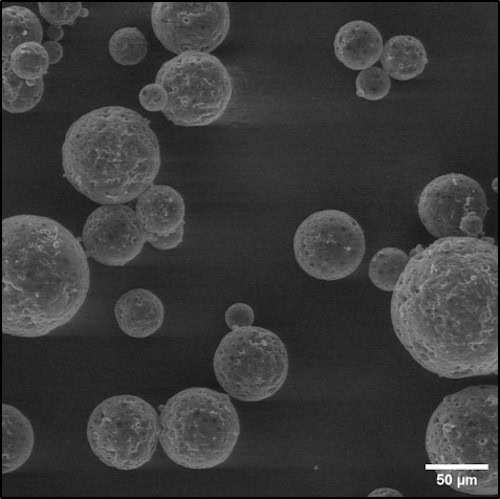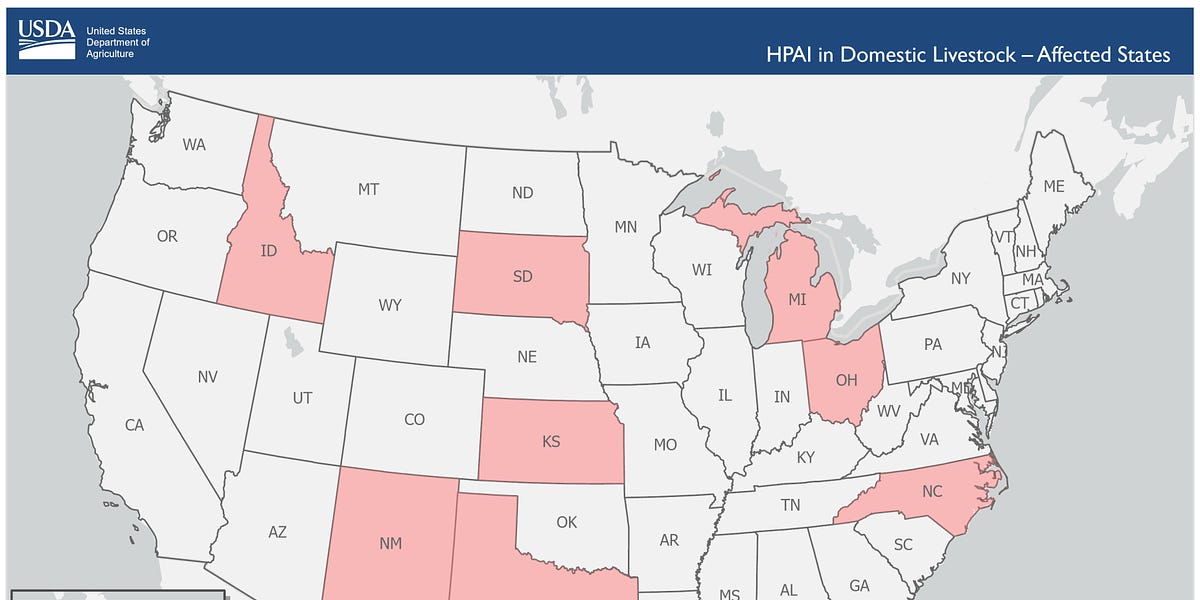General overview of the effects of nuclear testing
The material contained in this chapter is based on official government sources as well as information provided by research institutions, policy organizations, peer-reviewed journals and eye witness accounts. The CTBTO remains neutral in any ongoing disputes related to compensation for veterans of the nuclear test programmes. Nuclear weapons have been tested in all environments since 1945: in the atmosphere, underground and underwater. Tests have been carried out onboard barges, on top of towers, suspended from balloons, on the Earth’s surface, more than 600 metres underwater and over 200 metres underground. Nuclear test bombs have also been dropped by aircraft and fired by rockets up to 320 km into the atmosphere.
The first nuclear test was carried out by the United States in July 1945, followed by the Soviet Union in 1949, the United Kingdom in 1952, France in 1960, and China in 1964. The National Resources Defense Council estimated the total yield of all nuclear tests conducted between 1945 and 1980 at 510 megatons (Mt). Atmospheric tests alone accounted for 428 mt, equivalent to over 29,000 Hiroshima size bombs. The amount of radioactivity generated by a nuclear explosion can vary considerably depending upon a number of factors. These include the size of the weapon and the location of the burst. An explosion at ground level may be expected to generate more dust and other radioactive particulate matters than an air burst. The dispersion of radioactive material is also dependent upon weather conditions.
The 2000 Report of the United Nations Scientific Committee on the Effects of Atomic Radiation to the General Assembly states that: “The main man-made contribution to the exposure of the world's population [to radiation] has come from the testing of nuclear weapons in the atmosphere, from 1945 to 1980. Each nuclear test resulted in unrestrained release into the environment of substantial quantities of radioactive materials, which were widely dispersed in the atmosphere and deposited everywhere on the Earth’s surface.”
















